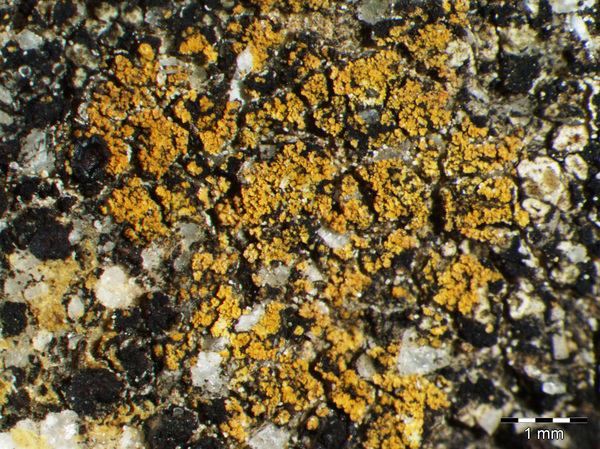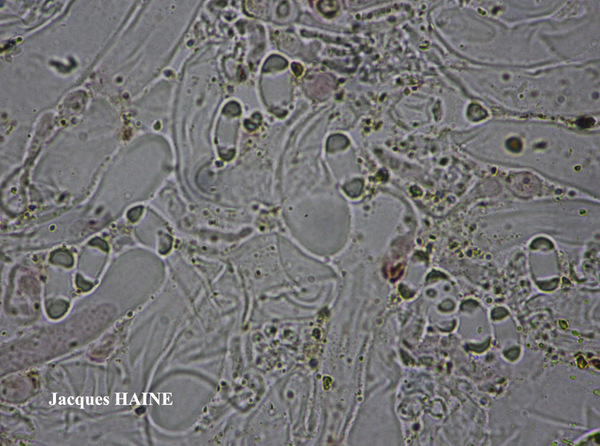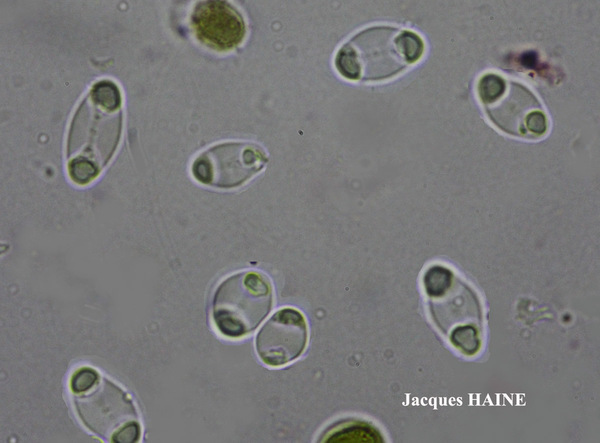Flavoplaca dichroa (Arup) Arup, Frödén & Søchting
Nordic J. Bot., 31, 1: 45, 2013.. Basionym: Caloplaca dichroa Arup - Lichenologist, 38: 13, 2006.
Synonyms:
Distribution:
Description: Thallus crustose, episubstratic, areolate, of two colour forms, yellow and orange, often occurring together. Areoles flat to convex, (70-)80-155(-210) μm thick, (0.24.)0.3-0.9(-1.2) mm wide, entirely covered in blastidia/soredia of limonia-type (laminal blastidia, plus true soredia produced from cracked blastidia or after the blastidia have eroded); blastidia/soredia (23-)30-50(-61) μm in diam. Cortex indistinct, of 1-2 layers of cells. Apothecia frequent, zeorine, yellow or orange, 0.4-0.7(-1) mm across, with a slightly concave to slightly convex disc, and an often sorediate/blastidiate thalline margin. Proper exciple (50-)60-100(-110) μm thick; epithecium brownish yellow, K+ purple-red; hymenium colourless, 70-80 μm high; paraphyses simple or sparingly branched, the apical cells up to 5(-6) μm wide; hypothecium colourless. Asci 8-spored, cylindrical-clavate, functionally unitunicate, apically thickened with a broad internal beak, the inner part of apex and external cap I+ blue, Teloschistes-type. Ascospores 2-celled, polarilocular, hyaline, ellipsoid, thick-walled, 11-16(-17) x 6-9 μm, the equatorial thickening (“septum”) 3-4.5 μm, the lumina often globose or sand-clock shaped. Pycnidia yellow-orange. Conidia (1.5-)2-3 x c. 1 μm. Photobiont chlorococcoid. Spot tests: thallus and apothecia K+ purple-red, C-, KC-, P-. Chemistry: thallus and apothecia with parietin (major), fallacinal, emodin, teloschistin and parietinic acid (minor), corresponding with chemosyndrome A of Søchting (1997). Note: on limestone or more rarely on similar anthropogenic substrates; widespread in the Alps and elsewhere in Europe, but distribution still insufficiently documented; to be looked for in Italy.
Growth form: Crustose
Substrata: rocks
Photobiont: green algae other than Trentepohlia
Reproductive strategy: mainly asexual, by soredia, or soredia-like structures (e.g. blastidia)
Commonnes-rarity: (info)
Alpine belt: absent
Subalpine belt: absent
Oromediterranean belt: absent
Montane belt: extremely rare
Submediterranean belt: extremely rare
Padanian area: absent
Humid submediterranean belt: absent
Humid mediterranean belt: absent
Dry mediterranean belt: absent
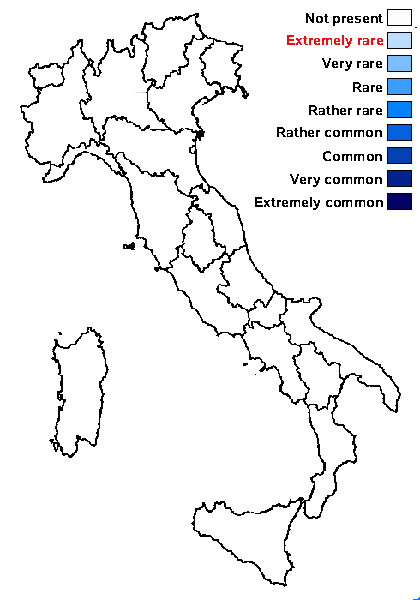
Predictive model
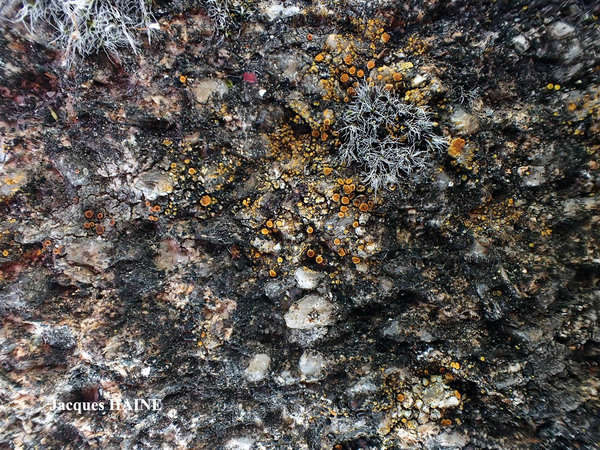
Jacques Haine - Source: http://www.lichensmaritimes.org/index.php?task=fiche&lichen=1121&lang=en
France, Argol
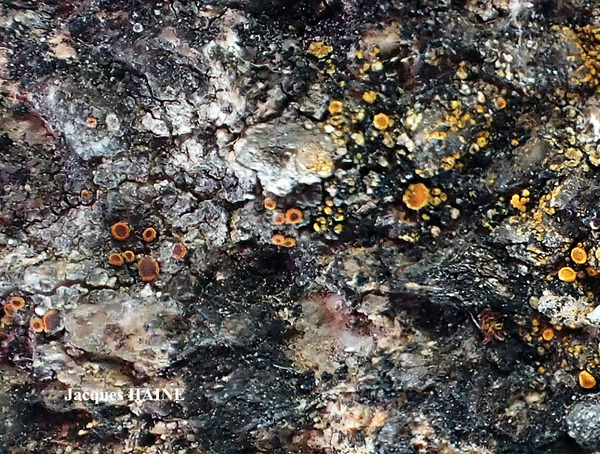
Jacques Haine - Source: http://www.lichensmaritimes.org/index.php?task=fiche&lichen=1121&lang=en
France, Argol
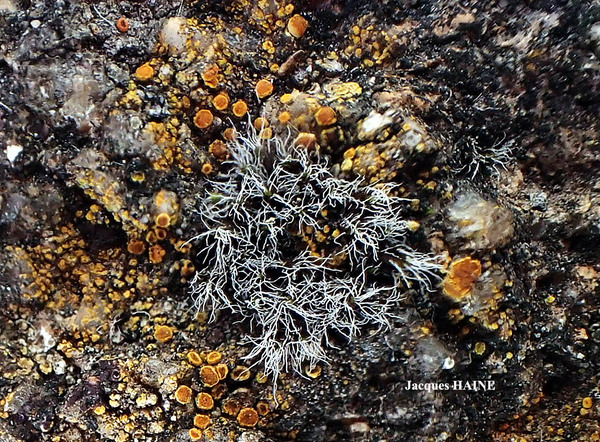
Jacques Haine - Source: http://www.lichensmaritimes.org/index.php?task=fiche&lichen=1121&lang=en
France, Argol

Jacques Haine - Source: http://www.lichensmaritimes.org/index.php?task=fiche&lichen=1121&lang=en
France, Argol
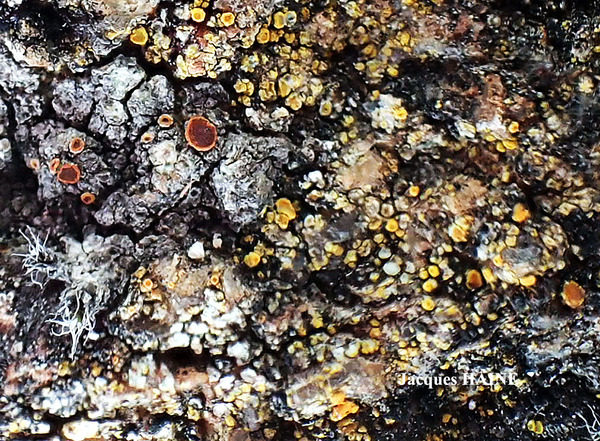
Jacques Haine - Source: http://www.lichensmaritimes.org/index.php?task=fiche&lichen=1121&lang=en
France, Argol
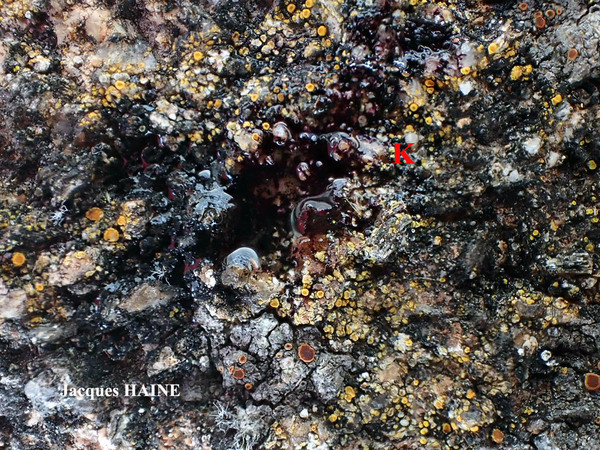
Jacques Haine - Source: http://www.lichensmaritimes.org/index.php?task=fiche&lichen=1121&lang=en
France, Argol
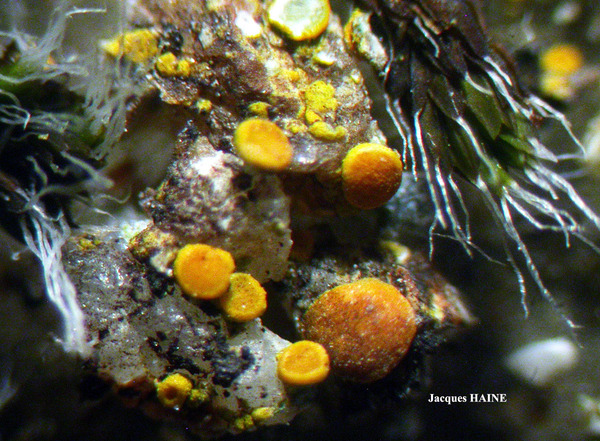
Jacques Haine - Source: http://www.lichensmaritimes.org/index.php?task=fiche&lichen=1121&lang=en
France, Argol
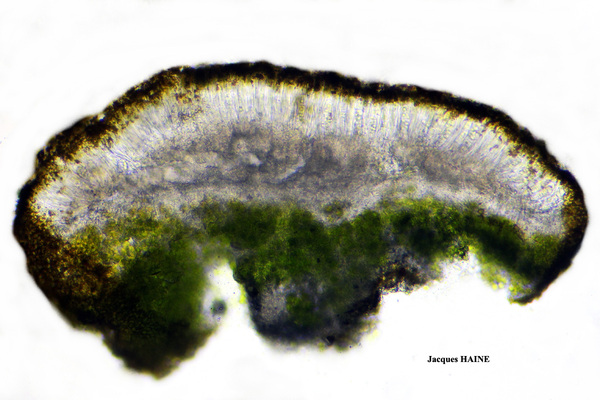
Jacques Haine - Source: http://www.lichensmaritimes.org/index.php?task=fiche&lichen=1121&lang=en
France, Argol
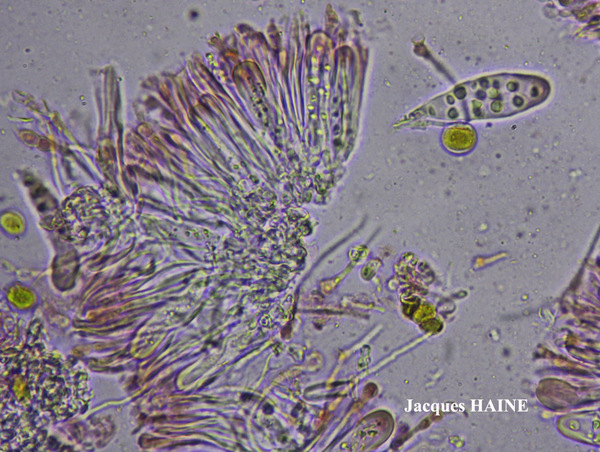
Jacques Haine - Source: http://www.lichensmaritimes.org/index.php?task=fiche&lichen=1121&lang=en
France, Argol

Jacques Haine - Source: http://www.lichensmaritimes.org/index.php?task=fiche&lichen=1121&lang=en
France, Argol

Jacques Haine - Source: http://www.lichensmaritimes.org/index.php?task=fiche&lichen=1121&lang=en
France, Argol
Growth form: Crustose
Substrata: rocks
Photobiont: green algae other than Trentepohlia
Reproductive strategy: mainly asexual, by soredia, or soredia-like structures (e.g. blastidia)
Commonnes-rarity: (info)
Alpine belt: absent
Subalpine belt: absent
Oromediterranean belt: absent
Montane belt: extremely rare
Submediterranean belt: extremely rare
Padanian area: absent
Humid submediterranean belt: absent
Humid mediterranean belt: absent
Dry mediterranean belt: absent

Predictive model

Jacques Haine - Source: http://www.lichensmaritimes.org/index.php?task=fiche&lichen=1121&lang=en
France, Argol

Jacques Haine - Source: http://www.lichensmaritimes.org/index.php?task=fiche&lichen=1121&lang=en
France, Argol

Jacques Haine - Source: http://www.lichensmaritimes.org/index.php?task=fiche&lichen=1121&lang=en
France, Argol

Jacques Haine - Source: http://www.lichensmaritimes.org/index.php?task=fiche&lichen=1121&lang=en
France, Argol

Jacques Haine - Source: http://www.lichensmaritimes.org/index.php?task=fiche&lichen=1121&lang=en
France, Argol

Jacques Haine - Source: http://www.lichensmaritimes.org/index.php?task=fiche&lichen=1121&lang=en
France, Argol

Jacques Haine - Source: http://www.lichensmaritimes.org/index.php?task=fiche&lichen=1121&lang=en
France, Argol

Jacques Haine - Source: http://www.lichensmaritimes.org/index.php?task=fiche&lichen=1121&lang=en
France, Argol

Jacques Haine - Source: http://www.lichensmaritimes.org/index.php?task=fiche&lichen=1121&lang=en
France, Argol

Jacques Haine - Source: http://www.lichensmaritimes.org/index.php?task=fiche&lichen=1121&lang=en
France, Argol

 INDEX FUNGORUM
INDEX FUNGORUM
 GBIF
GBIF
